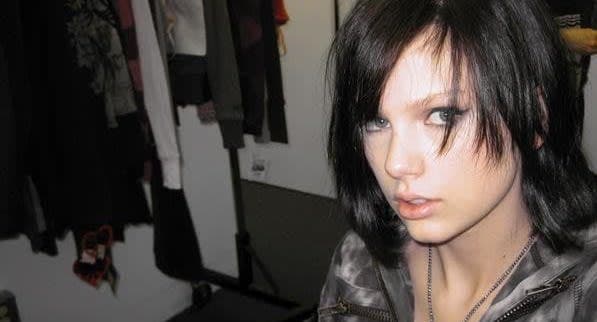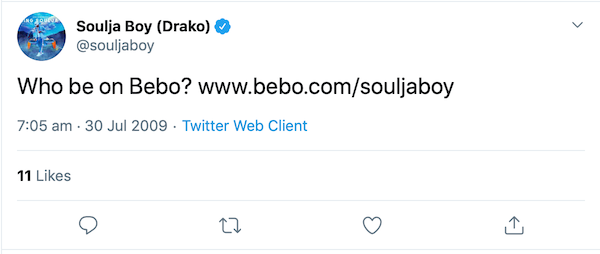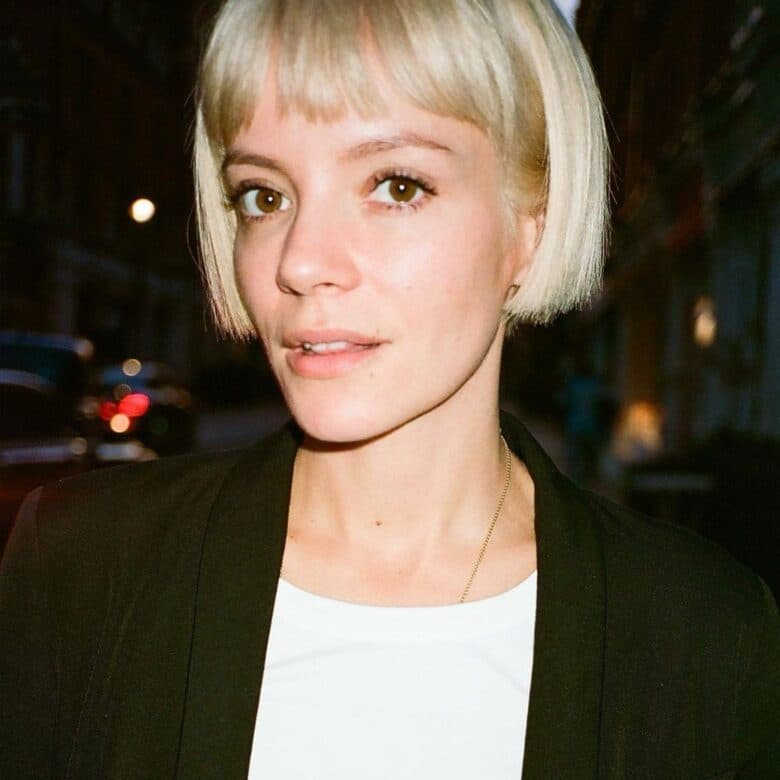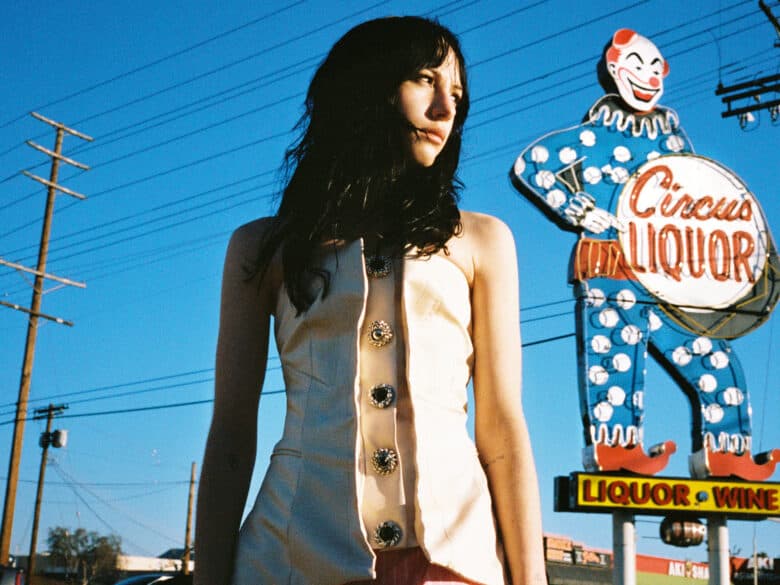Remembering the viral social media that paved the way for TikTok
Ah, TikTok; the social media embodiment of chaotic good. Where else can we witness girls dancing to voicemails from their shitty exes or have the living daylights frightened out of us by juggalo subculture? In a visceral backlash at the perfectionism of pristine Instagram feeds and the wine mom-centric nature of Facebook, TikTok is a platform devoted to shit-posting; and it’s thrilling and freeing in equal measure.
The “no adults allowed” ambience, stemming naturally from no soul over 25 being on the app, is definitely a factor in the fun. It’s exhibitionism without accountability — you know that future employers are probably more likely to stumble upon your finsta than they are to catch you singing along to trap and walking a mile in these Louboutins (though maybe learn a lesson from Tesco girl, and don’t publicly rant about your current employer).
Not to sound old here (I know you’re already thinking it) but TikTok isn’t the first platform to have captured the spirit of a generation. Before social media overload, MySpace and Bebo were for early adopters of the Internet. These then teenagers became “generation overshare” i.e. the older millennials that bore their souls online, witnessed the rise and demise of the hipster, and still upload all of their holiday snaps to FB. Then, after millennial dotcom mania, the ’10s witnessed the emergence of Vine’s chaotic humour and rise of video apps like Music.ly that would pave the road for TikTok’s viral musical stars.
Wanna know your scene kid from your muser? Read on…

“𝖎𝖙’𝖘 𝖓𝖔𝖙 𝖆 𝖕𝖍𝖆𝖘𝖊 𝖒𝖔𝖒”
Before e-girls there were emos! Hailed as the “last true subculture” emo kids could easily be recognised for their apathetic attitude, band tees and aggressive side partings. Generally found in groups chain-smoking, they spent most of the ’00s listening to Taking Back Sunday, getting piercings and hanging out on – you guessed it! – MySpace, which launched way back in 2003.
The atmosphere of existential angst was so heady that Ms Taylor Swift’s old MySpace account proves that she, too, succumbed to the charms of Superdrug’s own brand black hair dye and sweeping side fringes. Nowadays in their 20s and 30s, reformed scene kids like Swifty are no doubt glad that the social network became a ghost town of inactive profiles as users defaulted to Facebook. If nobody’s on MySpace to witness your lip piercing from 15 years ago, did it even happen?
Don’t remember Music.ly (#RIP)? Let us break it down.
Emerging in 2014, the platform allowed users to lip-sync for their lives in music videos of up to 1 minute…which, you know, sounds pretty familiar. It won’t surprise you that Music.ly was bought over by the tech bros behind TikTok in November 2017, just a few months after it had reached the 200 million registered users mark. Without Music.ly, it’s possible that there would be no TikTok as we know it, given that the two apps were merged back in 2018.
Yet did the app’s flash-in-the-pan popularity contribute anything unique to today’s digital culture, rather than just being TikTok 1.0? As HUNGER has recently explored, TikTok is responsible for the viral stars redefining today’s music-scape: from Lil Nas X to Ashnikko. This phenomenon can arguably be traced back to Music.ly, which saw the emergence of popular “musers” who were able to grow a platform and, in the case of Jacob Sartorius and Loren Gray, an IRL music career.

Ever read Jack Halberstam’s The Queer Art of Failure? Nah? Well we can save you the bother: it was Bebo that originally turned failure into an artform back in the day.
Founded in 2005, Bebo went in to take MySpace’s crown as the original social network. In its heyday, it had over 10 million users in the UK and was suspiciously popular in Ireland, becoming the country’s most-visited site. It was then promptly sold to AOL in 2008 for a whopping $850 million in a move that the BBC has since described as “one of the worst deals ever made in the dotcom era” (though we think that title has to got to Justin Timberlake, for pouring $35 million into MySpace in 2011). Soon after, Bebo’s popularity tanked: with the number of unique users declining by 45% between 2009 and 2010 due to Facebook’s aggressive expansion.
With a name supposedly meaning “Blog Early, Blog Often” (yep, we know) Bebo’s grip on the zeitgeist was never going to last long.
Last but not least, it’s Vine!
At first glance, it might well seem similar to music.ly and TikTok, due to it being a platform exclusively for video content. Unlike its descendants, however, its beauty lay in its blink-and-you-miss-it brevity. Clips could only clock in at 6 seconds max, meaning two things: 1) content creators had to make a big impact in a narrow window of time and 2) anything that did make an impact would be looped ad infinitum. Launching in 2013, it became the go-to for legions of teens and reigned until 2016, when its parent company Twitter (back stabbers) disabled new Vine uploads after an upgraded version of IG introduced video. With an insatiable appetite for content but the kind of depleted attention-span that can only really cope with soundbites, Vine had the iPhone Generation’s thumbs permanently poised to capture and share the surreal moments that litter the fabric of life.
There are some runaway successes that hardcore Viners still talk about today — that white lady absolutely losing it in the Apple Store springs to mind — and that thankfully live on in YouTube “best of Vine” compilation videos. See, Vine can never die!

